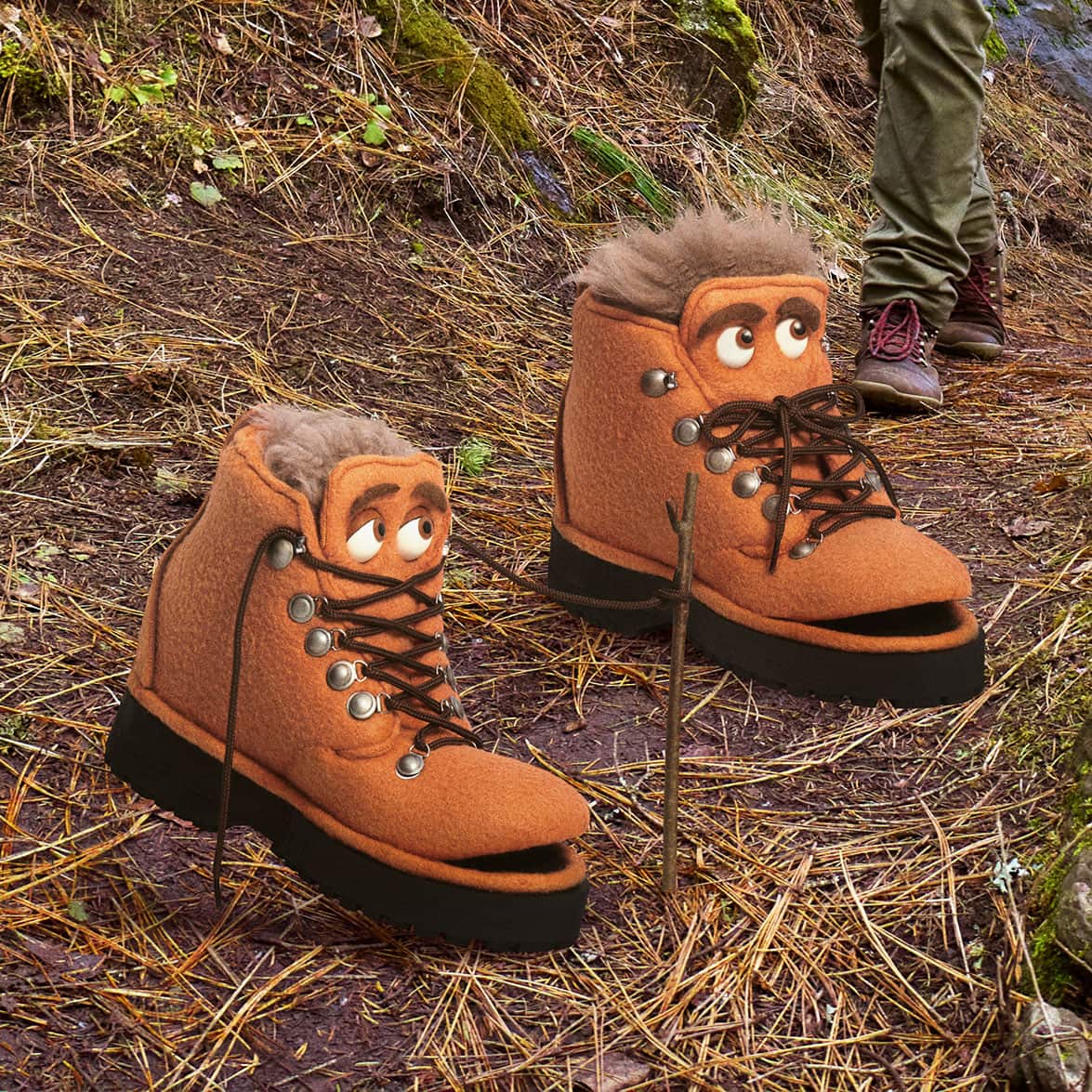Major peaks are: the North, Middle, and South Sisters (all above 10,000′), along with Broken Top, the best example in the Pacific Northwest of the effect of glaciation. Collier Glacier is the largest glacier in Oregon. Other geologic features include Rock Mesa, Collier Cone, and Yapoah Crater. Alpine meadows, waterfalls, lava fields, glaciers, and glacial lakes are abundant.
Three Sisters Wilderness area covers 281,190 total acres. There are approximately 260 miles of trail within the wilderness. The Pacific Crest National Scenic Trail traverses the wilderness for 40 miles. Most trails entering the wilderness begin in dense forests of Douglas-fir on the western slopes of the Cascades and ponderosa pine on the eastern slopes.
Forests in this wilderness consist mainly of Douglas-fir, silver fir, sub-alpine fir, mountain hemlock, western hemlock, true fir, lodgepole pine, and ponderosa pine. Alpine meadows are abundant.
The Three Sisters Wilderness became part of the National Wilderness Preservation System with the Wilderness Act of 1964.
Know Before You Go:
- Visitors must carry a Central Cascades Wilderness Permit if visiting between the first Friday following Memorial Day and the last Friday in September.
- ”Leave No Trace” techniques are encouraged in Wilderness areas, including properly disposing of human and pet waste and carrying out all trash; learn how to Leave No Trace .
- There are no facilities within the Three Sisters Wilderness.
